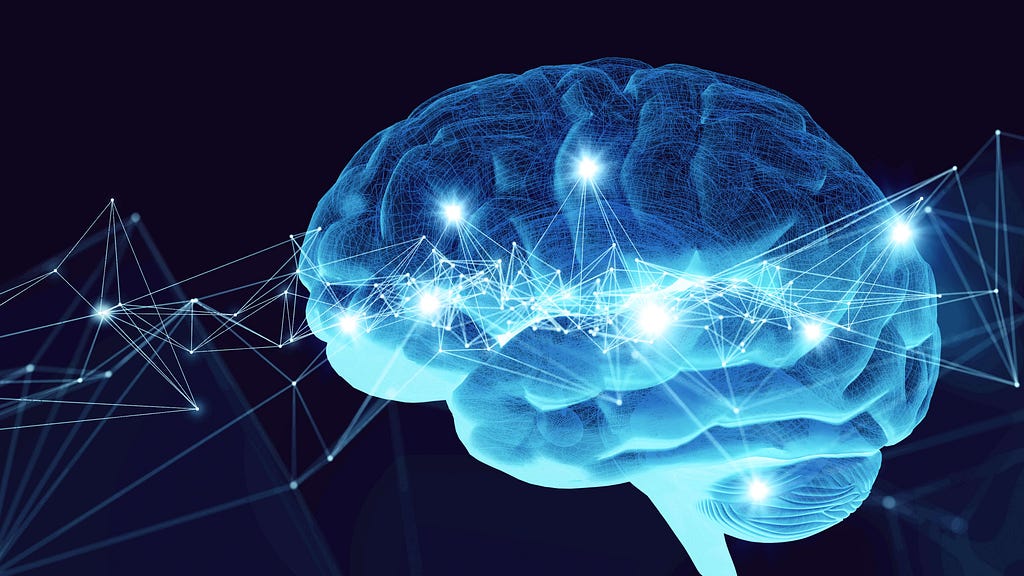In our ongoing exploration of the intersection between neuroscience and psychotherapy, we uncover invaluable insights that deepen our understanding of mental health and enhance therapeutic interventions. In this installment, we focus on the role of neurobiology in trauma recovery, mindfulness-based approaches, and the integration of neuroscientific principles into psychotherapeutic practice.
1. Trauma and the Brain: Neuroscience has revolutionized our understanding of how trauma affects the brain and influences mental health outcomes. Traumatic experiences can dysregulate the stress response system, leading to alterations in brain structure and function, particularly in regions such as the amygdala, hippocampus, and prefrontal cortex. These neurobiological changes contribute to symptoms of post-traumatic stress disorder (PTSD), anxiety, and depression. Psychotherapeutic approaches informed by neuroscience, such as Eye Movement Desensitization and Reprocessing (EMDR) and trauma-focused cognitive-behavioral therapy (CBT), aim to address these neurobiological effects and promote healing and recovery.
2. Mindfulness and Neural Plasticity: Mindfulness-based interventions have gained prominence in mental health treatment due to their demonstrated effectiveness in reducing stress, anxiety, and depression. Neuroscience research indicates that mindfulness practices can induce structural and functional changes in the brain, including increased gray matter density in regions associated with attention, emotion regulation, and self-awareness. Mindfulness meditation promotes neuroplasticity—the brain’s ability to reorganize and adapt—by strengthening connections between brain regions involved in cognitive control and emotional processing. By integrating mindfulness-based approaches into psychotherapy, therapists can harness the power of neural plasticity to facilitate healing and promote resilience.
3. The Neurobiology of Therapeutic Alliance: The therapeutic alliance, characterized by trust, rapport, and collaboration between therapist and client, is a central determinant of treatment outcomes in psychotherapy. Neuroscience research has shed light on the neurobiological mechanisms underlying the therapeutic alliance, including the release of oxytocin—a neuropeptide associated with social bonding and attachment—in response to positive interpersonal interactions. The quality of the therapeutic alliance influences neural processes involved in emotion regulation, self-reflection, and perspective-taking, thereby facilitating therapeutic change. By fostering a strong therapeutic alliance, therapists can create a safe and supportive environment for clients to explore their experiences, process emotions, and work towards their goals.
4. Integrating Neuroscientific Principles into Practice: Integrating neuroscientific principles into psychotherapeutic practice holds promise for enhancing treatment effectiveness and personalizing care. By staying abreast of the latest research findings in neuroscience, therapists can better understand the neurobiological underpinnings of mental health conditions and tailor interventions to address clients’ unique neurobiological profiles. Techniques such as neurofeedback, which allows clients to observe and modulate their brain activity in real-time, offer innovative avenues for promoting self-regulation and emotional well-being. Additionally, psychoeducation about the brain and its functions can empower clients to become active participants in their own healing process, fostering greater engagement and motivation.
In conclusion, neuroscience continues to enrich our understanding of mental health and psychotherapy, offering insights into the neurobiological mechanisms underlying therapeutic change and resilience. By integrating neuroscientific principles into practice, therapists can enhance treatment outcomes, optimize therapeutic interventions, and empower clients to achieve lasting well-being and fulfillment. Stay tuned for further insights and updates on the exciting intersection of neuroscience and psychotherapy.

